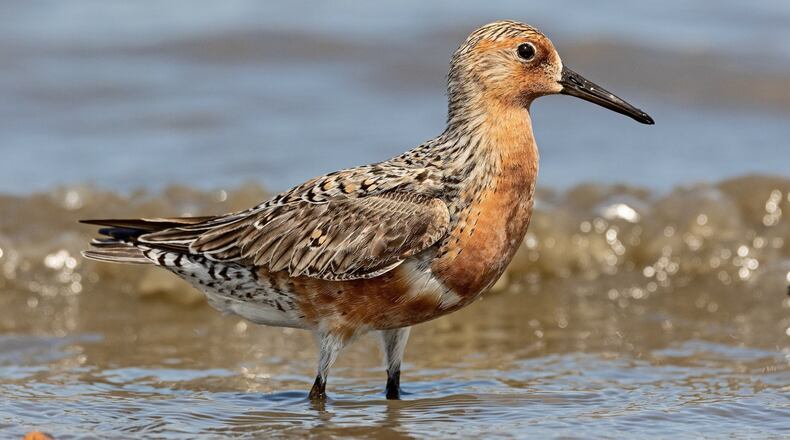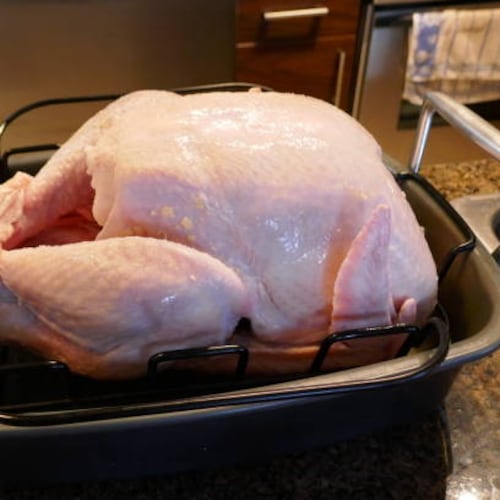We’re barely into August, midsummer by the calendar. But fall migration already is underway for the large and diverse avian family known as shorebirds — sandpipers, plovers, dunlins, dowitchers, willets, sanderlings, red knots, ruddy turnstones, whimbrels, curlews, yellowlegs and others.
Many of them, still in their bright, summer breeding plumages, are passing through Georgia now, on their way to winter territories as far south as the tip of South America.
They are called shorebirds because they are found mostly along beaches, sandy shorelines, mudflats and in grassy and muddy fields. More than 35 species appear in Georgia at some time during the year. Most do not nest in the state, preferring to breed in the Arctic tundra.
In spring, when the birds are traveling to the Arctic, huge flocks of them stop and refuel along Georgia’s coast, feeding voraciously on horseshoe crab eggs, fiddlers and other morsels. Time is of the essence because the birds have only a few weeks of favorable weather in the harsh Arctic climate to lay eggs and rear chicks.
Their arduous treks make them masters of long-distance aviation. The red knot, a bulky, robin-size shorebird, may fly 9,300 miles from south to north every spring and repeat the trip in reverse during fall migration.
Coastal shorelines and mudflats support the largest concentrations of migrating shorebirds, but you don’t have to go to the coast to see many of them. Inland shorelines, pond edges, rivers and mudflats also provide habitat for migrating sandpipers. Also, grassy fields at sod farms attract several shorebirds.
And not all shorebirds are Arctic nesters. American oystercatchers, Wilson’s plovers, willets and black-necked stilts nest in habitats on Georgia’s coast.
Likewise, not all shorebirds overwinter in South America. Many spend the winter on Georgia’s coast, taking advantage of abundant food on beaches, salt marshes and mudflats.
IN THE SKY: From David Dundee, Tellus Science Museum astronomer: The moon will be first-quarter on Wednesday. Only two planets are visible now: Jupiter is in the south around dusk and will appear near the moon on Friday night. Saturn rises in the east just after dark and will appear near the moon Sunday night.
About the Author
The Latest
Featured


